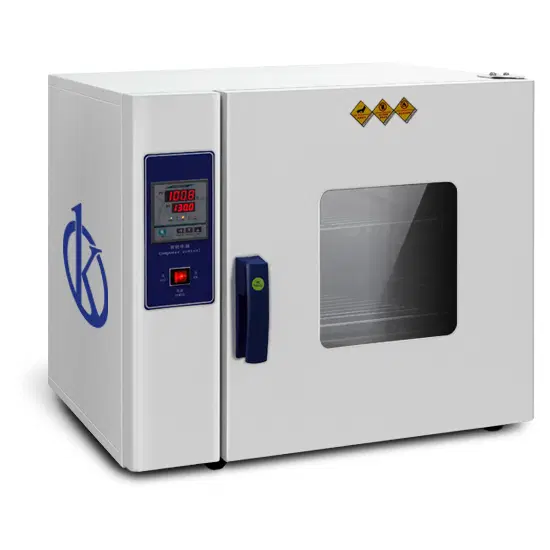The drying oven is a device that is used to dry and sterilize glass and metal containers in the laboratory. It is also identified with the name Drying oven. Manufacturers have basically developed two types of ovens: those that operate by natural convection and those that operate by forced convection. The ovens generally operate between room temperature and 350 ° C
What is the purpose of the ovens?
The drying oven is used to sterilize or dry the glass and metal material used in the exams or tests, which the laboratory carries out and which comes from the washing section, where it is sent after being used in some procedure. The sterilization carried out in the oven is called dry heat and is carried out at 180 ° C for 2 hours; The glassware, when heated by high temperature air, absorbs moisture and eliminates the possibility of maintaining any biological activity due to the high temperatures and the times used.
How should you act in a common accident?
- Immediately remove the material inside the ovens.
- Notify the person in charge of the laboratory about the situation so that the necessary measures are taken to alleviate the situation.
If there is breakage of the material inside the ovens
- Notify the person in charge of the laboratory.
- Turn off the equipment in operation.
- Let the ovens cool down to handle the material inside.
- The personnel responsible for cleaning must wear the necessary personal protection elements before beginning the cleaning.
- Carefully open the ovens , and remove the material that is in good condition.
- Proceed to clean the remains of the material.
If there is a high temperature risk
If working at high temperatures, the necessary personal protective equipment should be used (for example gloves for risks due to high temperatures).
Other risks
- Associated with the use of electrical devices (see electrical equipment protocol): Electrocution by direct or indirect contact, generated by any device that has an electrical connection. Inflammation or explosion of flammable vapors due to sparks or heating of the electrical appliance.
- Associated with exposure to biological samples.
To prevent these risks it is recommended
- Check the perfect condition of the appliance or electrical installation before use.
- Do not use damaged cables, broken plugs or defective devices.
- Do not pull the cables from the plugs to disconnect the devices.
- Do not insert bare wires into any plug.
- Remove damaged, burned or half-naked cables and do not touch them without insulating protection (gloves, rags, etc.), if they are connected to the mains.
- Secure the electric cables by embedding them or holding them, insulating them or placing a protective covering.
- Never touch a person who is under electrical tension without providing insulating material (clothing, gloves, wood, etc.).
- Never plug in devices that have become wet.
- Apply universal precautions and codes of good practice.
- Use of barrier elements such as gloves, gown, etc.
What is required to operate it?
The operation of the ovens requires taking into account a series of precautions for its correct operation. Among the most important are the following:
- Do not use on the ovens materials or substances that are flammable or explosive.
- Avoid internal spills of acid solutions or that form corrosive vapors, to avoid corrosion of interior surfaces and shelves.
- Use personal protective elements (insulated gloves, safety glasses and tweezers to place or remove substances or elements inside the drying oven)
Knowing that these equipments are one of the key elements of the laboratory, in Kalstein we put at your disposal sophisticated drying ovens . That’s why we invite you to take a look at one of our models available HERE

